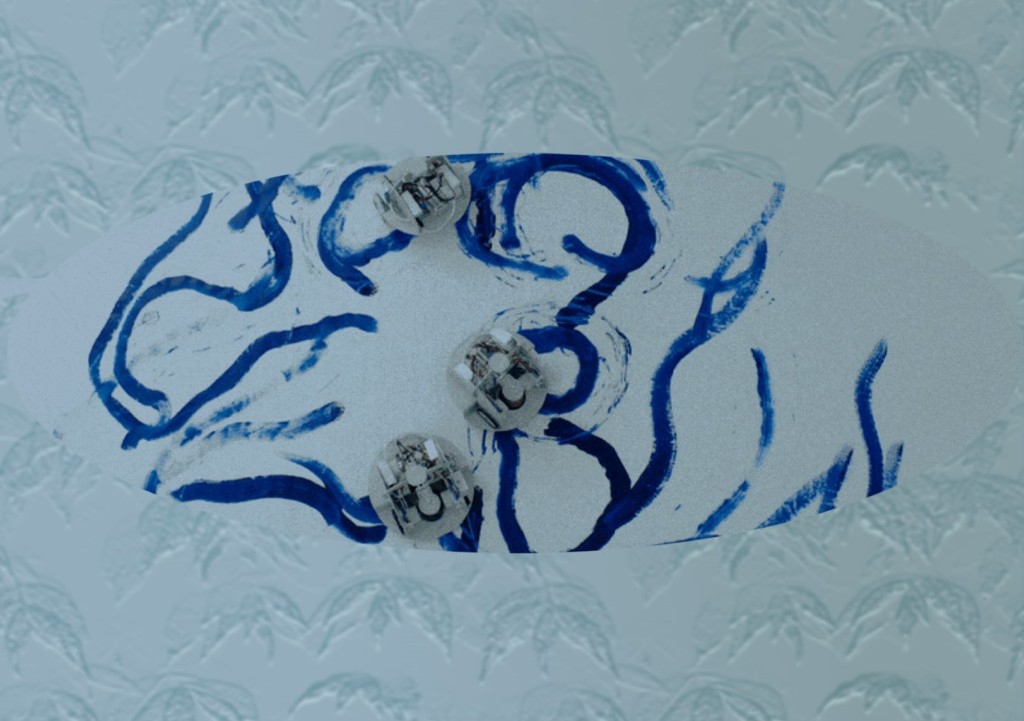
Seeing the art of Sougwen Chung was mesmerizing and I was impacted by the details of the paintings and the way it was accompanied by music.
A new exhibit on the evolution of artificial intelligence
By Jerrison Oracion, Senior Columnist
Artificial intelligence is not just data in a database. It is used everywhere to power modern technologies, create new designs, and make things realistic. User data is interpreted by algorithms to recommend content to watch next on Netflix, while historic data is used to simulate weather disasters and improve the quality of life.
Those are the advantages of artificial intelligence; however, there is a downside to it including privacy violations and the creation of modern problems that are novel and unpredictable. The new exhibit at the Vancouver Art Gallery “The Imitation Game” goes through a visual walkthrough of the idea of creating knowledge and putting it to use. It is presented in 18 parts on the second floor of the gallery and like the Yoko Ono exhibit, it takes a while to experience in its entirety.
You first see a web of the many things that are powered by artificial intelligence, and you can move it with your hand to learn about its uses in a variety of forms. They are demonstrated as you go through the exhibit beginning with an explanation of Alan Turing’s thesis that artificial intelligence could one day be indistinguishable from a human. This was known as the “Turing Test” or “The Imitation Game.” Turing would be known as the father of computing which as told in the 2013 film of the same name starring Emmy winner and likely Academy Award winner Benedict Cumberbatch.
In the exhibit, this is followed by examples of the early use of computers to produce animation and its ideas of AI in films like 2001: A Space Odyssey; you can watch the film being watched through algorithms to present another view of the film. Creating art with algorithms is demonstrated in two art showcases including one by Sougwen Chung where robots are programmed with many shapes to create abstract masterpieces and one by Scott Eaton consisting of a series of visual art created from a database of different types of shapes of bodies. Seeing the art of Chung was mesmerizing and I was impacted by the details of the paintings and the way it was accompanied by music.
Then you learn about those algorithms and user interface designs in the next few sections where more interactive activities are utilized. This includes descriptions on AI uses like creating visual effects to expand settings, tracking how much time you spend looking at an object in an exhibit, making visual art that never ends, facial recognition, and diverse coding. One of the interesting things that I learned from the exhibit is that SimCity—a game that simulated life—was used by many organizations to solve the world’s problems.
The exhibit ends with the recent innovations in AI like exploring the way technologies that create many features in smartphones are powered by AI. There is also technology installation developed by Epic Games where you can make characters look almost exactly like a real person in a photorealistic way. Also, you can map your face with facial recognition to demonstrate how AI can recognize emotions.
More data will be created for years to come that would allow AI to continue evolving and now you can learn how it works through “The Imitation Game”. “The Imitation Game” is happening now at the Vancouver Art Gallery until October 23.



